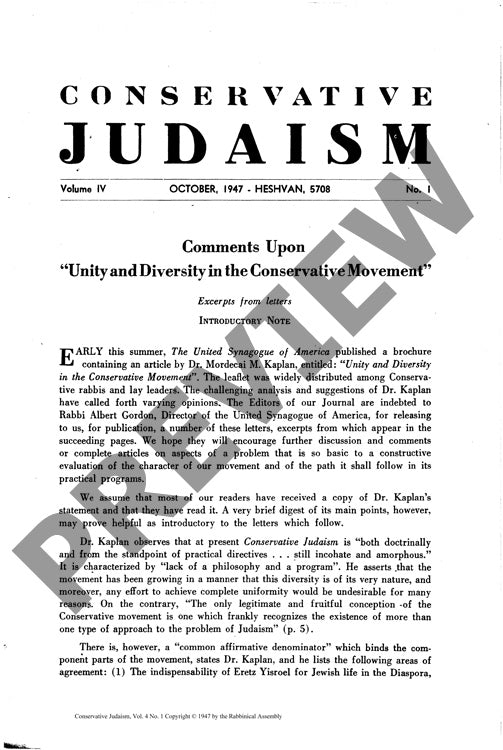Unity and Diversity in the Conservative
Couldn't load pickup availability
In 1947, as American Judaism grappled with modernity, Conservative leader Dr. Mordecai M. Kaplan sparked intense debate by proposing formal recognition of ideological diversity within his movement. His influential brochure "Unity and Diversity in the Conservative Movement" identified three distinct groupings—Rightists, Centerists, and Leftists—arguing that acknowledging these differences would strengthen rather than fragment Conservative Judaism. Analysis of correspondence from Conservative rabbis and lay leaders reveals significant pushback against Kaplan's framework, particularly his elevation of Eretz Yisrael over religion as a unifying principle and his approach to divine revelation. Through qualitative content analysis of these letters, fundamental tensions emerge between advocates of unified doctrinal standards and supporters of ideological pluralism, alongside heated debates over halakhic authority and interpretation. The responses highlight critical questions about Conservative Judaism's identity and methodology during a formative period in American Jewish religious development. These mid-20th century debates reflected broader challenges facing American Jewish movements as they struggled to balance tradition with modernity, unity with diversity, and religious authority with democratic participation in religious decision-making.

More Information
-
Physical Description
-
Publication Information
Published
ISBN
-
Publication Credits

